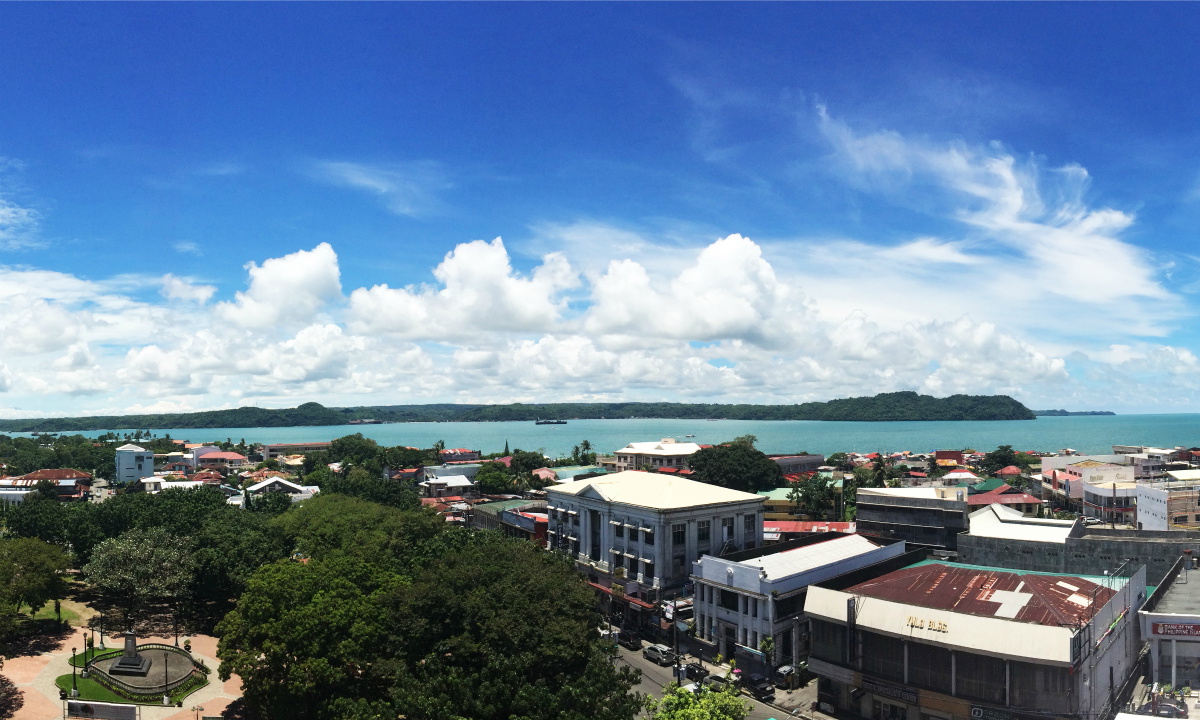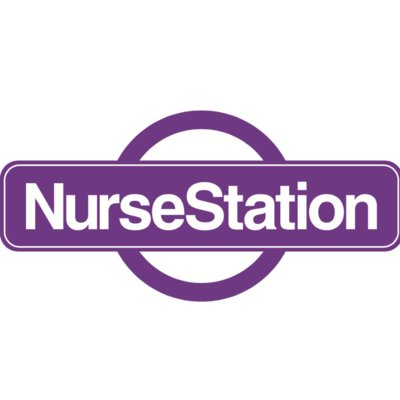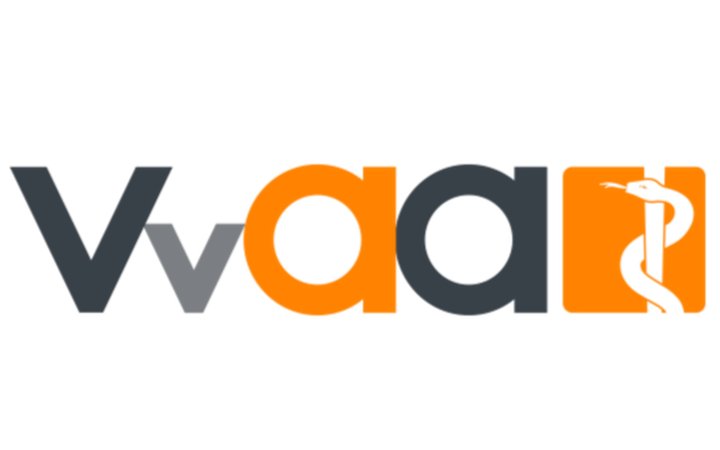Dundee University 2018
Two close friends and I decided to undertake our medical placements abroad. I had heard of Work the World through another friend who had nothing but positive things to say. Our first port of call was the Work the World website. We browsed the many possible destinations on offer and decided on the Philippines. We chose the Philippines as we wanted to gain experience in a low-resource healthcare system. The fact that the country looked beautiful with many activities was just a bonus.
The Work the World staff were informative and supportive from the very beginning. We had several phone conversations with the staff in the UK about which destinations would suit us best and then about what to expect from things like our accommodation and placement.
We got access to MyTrip—Work the World’s online placement planner—right away. It had information on every single aspect of our placement, like where we were going to live, advice on local currency, visas and vaccinations. There was even a suggested packing list! We felt taken care of from the start.
My two friends and I had our medical finals before our trip, so we had precious little time to do any research around an overseas placement. For this reason, we truly appreciated the level of support and organisation that the Work the World staff offered.
We landed at the airport exhausted from our journey. We were relieved to see that, as promised, a member of Work the World’s Philippines team was at arrivals waiting for us. He took us to the private house we’d be living in for the next few weeks. We fell in love with the house straight away. It was much larger than we anticipated, with a homely communal area for eating and watching TV. Our room was spotless, and it had its own bathroom.
The house felt like home within the first week. We quickly made new friends, despite my initial reservations about sharing the house with others. The housemates and staff all bonded over the weekly BBQ and karaoke night—everyone left their inhibitions at the door and joined in!
On our first day, the team took us on a tour around the city where we were based. The team were so friendly and spoke perfect English. They showed us how to get to places like the laundromat, the local shopping centre and, of course, the nearest swimming pool!
The next day, it was time for our hospital orientation. In the morning, the team took us on the route we’d use to get to the hospital each day. When we arrived, we went on a tour of the hospital and met our respective supervisors. My supervisor took me around the hospital, asking us questions, confirming what we wanted to get out of our placement. We settled in quickly.
We went into the hospital at around 8 am each day. I was in paediatrics first, which was an eye-opening experience. The hospital was government-run and funded, and low on resources as a result. The wards were overcrowded and understaffed, and couldn’t be more different to the hospitals we were used to at home. It was amazing to see the resilience of the staff and the patients in the face of these challenges. Patients rarely complained, and the staff pulled long shifts—sometimes 36 hours at a time—to maximise the care they were able to provide.
The hospital lacked ‘standard’ equipment like MRI machines and CT scanners, which made us realise just how much we took them for granted back home. Doctors here had to rely on their knowledge and use the core skills of history and examination to formulate diagnoses. Watching these doctors work despite feeling overwhelmed at times was a truly humbling experience.
Our evenings and weekends were free to do with as we pleased. We used our weekends to travel. The first weekend, everyone in the house visited the island of Guimaras. We hired a boat and went island hopping, which was a great bonding experience. The second weekend, we visited the Antique (pronounced an-tee-kay) region. There were so many activities here, river tubing, hiking, riding motorbikes, and catching fish with the locals.
It was an incredibly beautiful place. We also visited Boracay Island. Boracay is famous for its white sand beaches, but even more so for its nightlife. We stayed at a local hostel and enjoyed a pub crawl on both Friday and Saturday nights we were there. We met people from all over the world! Boracay also had a lot to do during the day, like jet skiing and quad biking.
Work the World also offered us the opportunity to stay with a tribe in a nearby village. This is called the Village Healthcare Experience, which is a week-long experience that comes at an extra cost, and I would highly recommend it. Accompanied by an official Work the World guide and interpreter, we lived with a local tribal family who could not have been more welcoming.
We spent the mornings in a local rural hospital, coming to understand what providing care in a rural setting was like. Our afternoons were filled with activities. We learnt how to make anklets and how to weave, and one afternoon we took a beautiful motorcycle ride to a windmill farm. On our last day on the island, we had a BBQ with the whole village and got to play with the children. It was an incredible experience that, again, I’d highly recommend. It added so much to our experience and complemented our placement in the city. Immersing ourselves in tribal life was a once-in-a-lifetime experience.
Iloilo is also a great jumping-off point for other locations in the Philippines. My friends and I finished our placement and decided to spend two weeks travelling around the country. We flew to Palawan and visited Puerto Princesa, El Nido and Coron. We also flew to Manila and went north to the mountainous regions of Batad and Sagada. It was action-packed; we went scuba diving with clownfish one day and hiked through hillside rice terraces the next.
The Philippines is, without a doubt, my favourite country.

.jpg)
%2014.webp)
%2022.webp)



